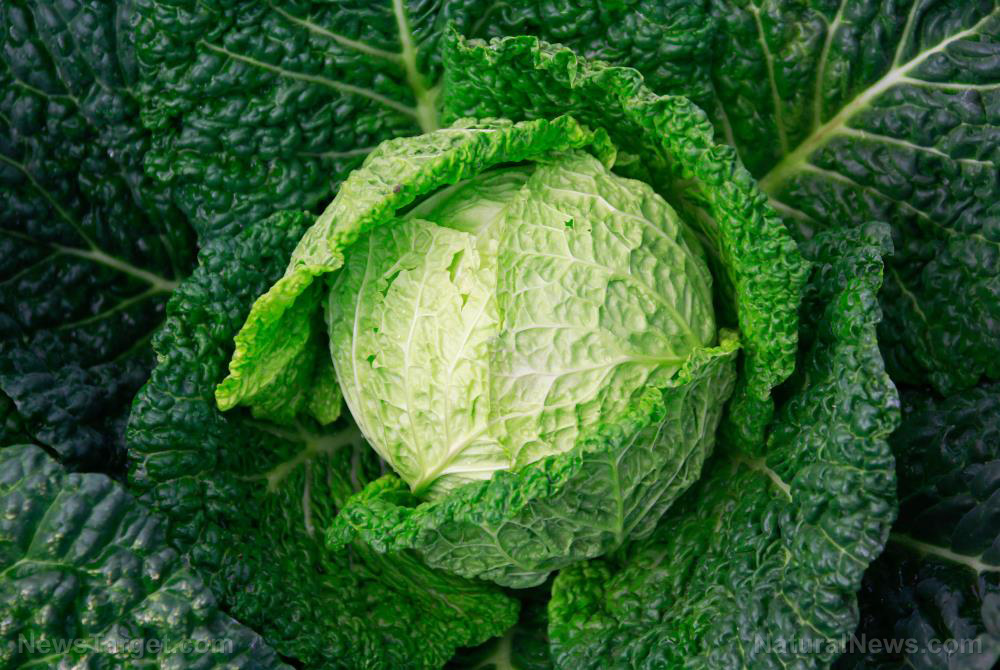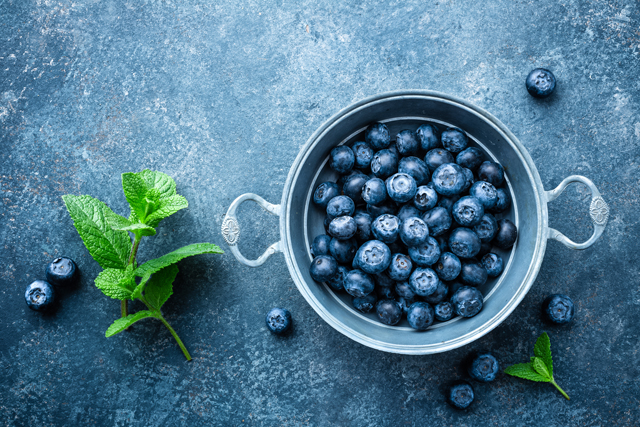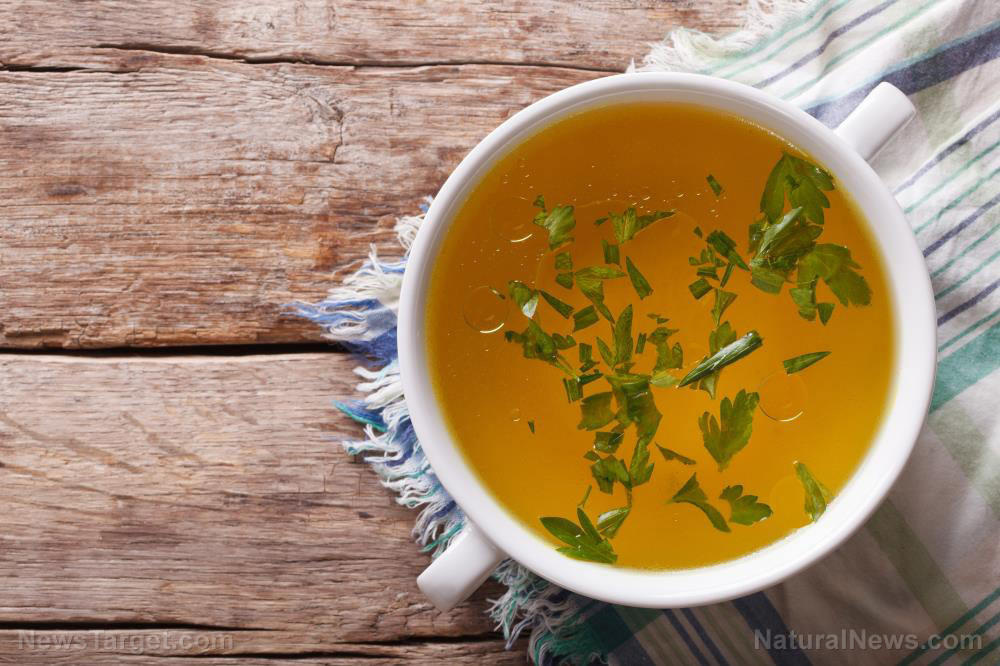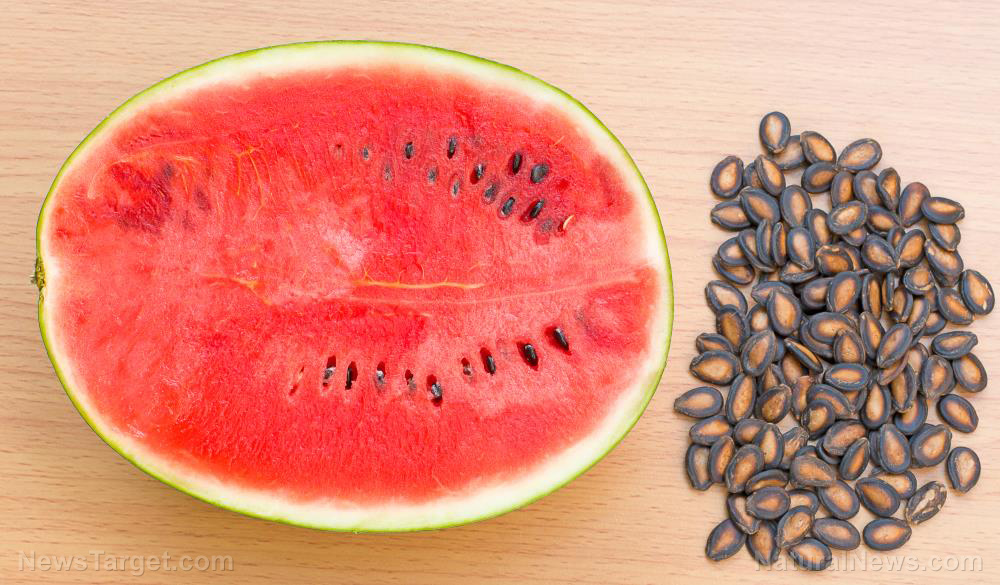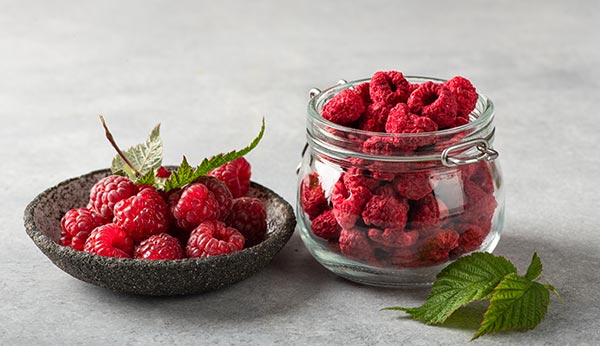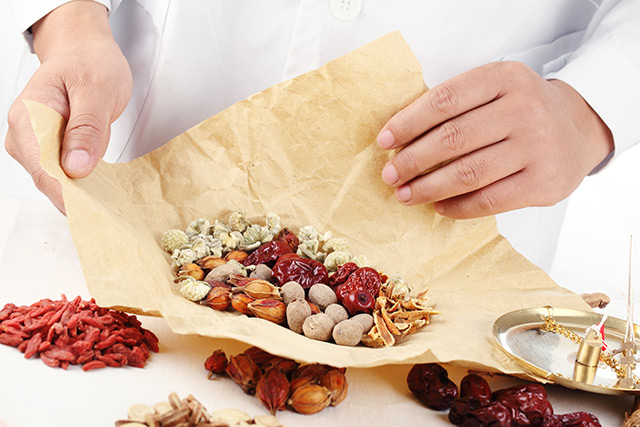Amaranth: A timeless grain rich in history and health benefits
07/15/2025 / By Ava Grace
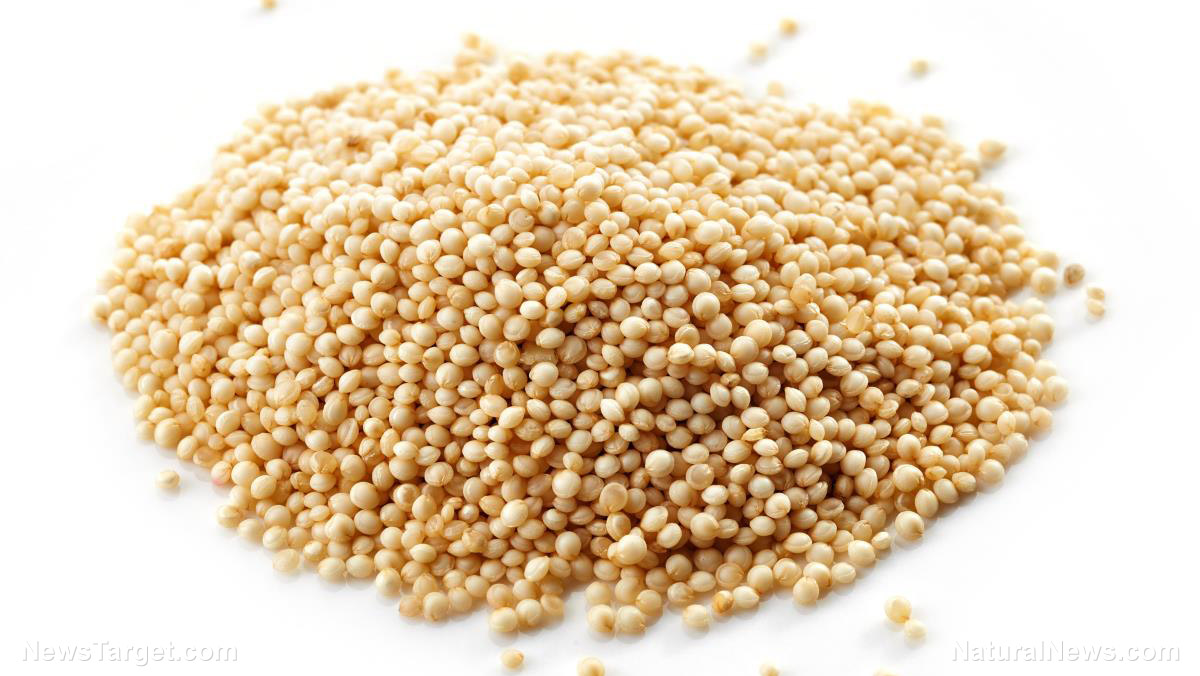
- Amaranth, cultivated for over 8,000 years, was a sacred Aztec crop used in rituals. Spanish colonizers tried to suppress it, but resilient farmers preserved it, leading to its revival in regions like Mexico, Peru and India.
- A gluten-free pseudo-cereal, amaranth is a complete protein and is high in fiber, antioxidants and essential minerals, qualifying it as a superfood.
- Research suggests amaranth may aid in managing cardiovascular disease, diabetes, anemia and inflammation. It’s also a safe alternative for gluten-sensitive individuals and supports immune function.
- Amaranth’s edible seeds and leaves are used globally in dishes like porridge, gluten-free baked goods, salads and traditional snacks like Mexico’s alegría or Peru’s kiwicha pudding.
- Once nearly erased, amaranth has regained popularity for its nutritional and cultural value, bridging ancient traditions with modern wellness diets.
Amaranth, a nutrient-dense pseudo-cereal, has been cultivated for over 8,000 years, tracing its origins to Mesoamerica where the Aztecs revered it as a sacred crop. Known as huauhtli in Nahuatl, amaranth was not only a dietary staple but also a ceremonial food, often shaped into figurines of deities during religious rituals. Spanish colonizers, viewing these practices as pagan, suppressed its cultivation, nearly erasing amaranth from history. However, resilient farmers preserved the grain, and today, it thrives in regions like Mexico, Peru, India and parts of Africa and Asia.
In the late 20th century, amaranth experienced a resurgence as researchers uncovered its exceptional nutritional profile, earning it the title of superfood. Unlike true cereals (wheat, rice, oats), amaranth is naturally gluten-free and packed with phytonutrients, protein and essential minerals. (Related: Amaranth: The ancient superfood revolutionizing modern nutrition.)
Phytonutrient profile and health benefits
Amaranth’s superfood status stems from its dense concentration of bioactive compounds, including:
- Squalene – A potent antioxidant that supports skin health and helps reduce oxidative stress.
- Phenolic acids – Compounds like gallic acid and vanillic acid are known to combat inflammation.
- Flavonoids – Examples include rutin and quercetin, which are known for their cardiovascular and immune benefits.
- Betacyanins – Responsible for amaranth’s vibrant red-purple hue, these compounds exert anti-inflammatory effects.
Amaranth is a complete protein that contains all nine essential amino acids, including lysine, which is absent in most grains. Amaranth’s high fiber content aids digestion, while minerals like calcium, magnesium and iron support bone health, muscle function and oxygen transport.
Research suggests that amaranth may help prevent or alleviate several conditions, such as:
- Cardiovascular disease – Certain peptides in amaranth can help lower blood pressure, while its fiber and phytosterols can reduce LDL cholesterol.
- Diabetes – Amaranth’s low glycemic index and high fiber content can help regulate blood sugar levels.
- Anemia – Rich in iron, amaranth supports healthy red blood cell production.
- Celiac disease and gluten sensitivity – Amaranth is a safe, nutrient-dense alternative to wheat.
- Inflammation – Amaranth antioxidants like squalene and flavonoids can reduce chronic inflammation.
Traditional medicine systems, particularly Ayurveda and Andean healing practices, have long used amaranth leaves and seeds to strengthen immunity, improve lactation in nursing mothers and promote wound healing.
Amaranth seeds are tiny, round and range in color from pale gold to deep red-brown. When cooked, they develop a slightly nutty, earthy flavor with a pleasantly chewy texture. Amaranth leaves, which are also edible, resemble spinach and are known as callaloo in the Caribbean.
Culinary uses
In Oaxaca, Mexico, alegría — a sweet snack made from popped amaranth, honey and nuts — remains a beloved treat, symbolizing amaranth’s cultural endurance. Today, amaranth is used in both savory and sweet dishes:
- Breakfast porridge – Simmered with almond milk, cinnamon and berries
- Amaranth flour – Used for baking gluten-free bread, pancakes and cookies
- Salad booster – Toasted amaranth seeds add crunch to greens
- Protein bars – Combine with nuts, dates and cocoa for energy bites
- Soups and stews – Adds thickness and nutrients to broths
- Amaranth-stuffed peppers – Mix with quinoa, black beans and spices for a protein-rich filling
- Kiwicha pudding – A Peruvian dessert with amaranth, coconut milk and chia seeds
- Amaranth-crusted salmon – Amaranth seeds create a crispy, nutrient-packed coating
- Callaloo soup – A Caribbean dish featuring amaranth leaves, coconut milk and okra
- Ancient grain bowl – Combine with farro, roasted vegetables and tahini dressing
From sacred Aztec crop to modern-day superfood, amaranth’s journey is a testament to its resilience and nutritional power. Whether consumed as a grain, flour or leafy green, amaranth offers a wealth of health benefits, making it a worthy addition to a wellness-focused diet.
This story is not medical advice and is not intended to treat or cure any disease. Always consult with a qualified naturopathic physician for personalized advice about your specific health situation or concern.
For more fascinating insights into superfoods and their natural wonders, visit NaturalNews.com. It’s a treasure trove of articles that will deepen your understanding of the healing power of food.
If you’re into cutting-edge technology with a health twist, try Brighteon.ai. Created by Mike Adams, the Health Ranger, this AI model is a free download that you can run on your own device. It’s all about sharing knowledge freely and bypassing the filters of censorship.
If you’re looking for a place to openly discuss everything from nutrition to natural remedies without any holds barred, Brighteon.com is the site for you. Don’t forget to check out our free speech social media platforms, Brighteon.IO and Brighteon.social, where the conversation is always lively and uncensored.
Watch and learn about the health benefits of Amaranth, a gluten-free grain.
This video is from the Health Ranger Store on Brighteon.com.
More related stories:
The anti-diabetic potential of green amaranth.
Adding amaranth to regular flour improves available nutrition.
7 Reasons to start adding Amaranth greens to your diet.
Green amaranth holds potential as a natural cure for diabetes.
Sources include:
Submit a correction >>
Tagged Under:
amaranth, food cures, food is medicine, food science, functional food, grocery cures, health science, natural health, natural ingredients, nutrients, nutrition, organics, phytonutrients, seeds, whole grain
This article may contain statements that reflect the opinion of the author
RECENT NEWS & ARTICLES
Natural.News is a fact-based public education website published by Natural News Features, LLC.
All content copyright © 2018 by Natural News Features, LLC.
Contact Us with Tips or Corrections
All trademarks, registered trademarks and servicemarks mentioned on this site are the property of their respective owners.

